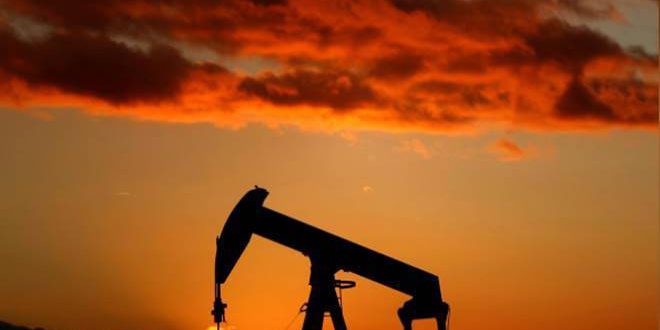Saudi Arabia sliced its oil prices by more than 30% and has set plans for a rise in production in April. Given the lack of consensus among OPEC+ countries and competition to have a better share in the world oil market, lower crude prices are going to stay for sometime. Also, the global slowdown, particularly slowing growth of two biggest oil consumers China and India, will keep the demand pressure on crude oil mute. The fall in oil prices indicates a gloomy world economy with weak global consumption demand and hugely disrupted global supply chains because of the coronavirus outbreak. While the price cut will have several macroeconomic implications for the global economy, it is a silver lining for India as it will give more fiscal and monetary space to boost both demand and supply sides.
The world is shifting to cleaner energy fuels for sustainable development and the share of crude oil in the total energy mix has declined from 46% in 1980 to 33% in 2018. India still depends on oil, mostly imported, for around 30% of energy requirement. Oil is one of the largest source of primary commercial energy and a major input in the production process the world over. Therefore, a significant fall in crude price—almost by 50% over the last two months—brings down energy prices, input costs and overall cost of production. This gives breathing space to industry facing slow demand and excess capacity. The price of energy spills over to other sectors, affecting general price levels, and lower crude price gives more space to monetary authorities for expansionary monetary policy in oil-importing countries. There are downsides—fall in growth, employment, etc, in oil-exporting countries—but the positives outweigh the negatives.
India imported around 214 million tonnes crude oil in 2016-17. The total installed capacity of oil and gas based thermal power stood at 838 MW and 24,897 MW, respectively, in 2018. Crude oil prices have always been determining Indian oil imports bill and subsidies given for petroleum products. For example, oil imports increased from around $83 billion in FY15 to $141 billion in 2018-19 (21.5% in FY15 to 27% as percentage of total imports) mostly due to rise in crude oil prices. In fact, the fall in crude oil prices helped reduce India’s fiscal deficit in the range of 0.5-1% between 2014 and 2016, and improved the current account balance. Therefore, the current fall in crude price impacts the Indian economy positively—through its macroeconomic effect on trade balance, fiscal balance, domestic inflation, exchange rate, capital flows and overall growth.
The crude price fall also provides more fiscal space. Both central and state governments charge heavy taxes on petroleum products (around 100% on petrol and 70% on diesel) and generate huge tax revenues. In FY19, the combined revenues from petroleum products were Rs 5.3 lakh crore. The government may pass on the benefits to retail customers, which will reduce the general price level bringing down the overall cost of production, which is necessary in the times of lack of demand. The government also has the option to increase levies to garner more revenues apart from less petroleum subsidies meant for petroleum products such as LPG and kerosene. Both ways the outcome is positive. Overall, the oil price fall will bear a positive impact on the twin deficits (trade deficit and fiscal deficit). It will be also interesting to see the market-determined prices of petrol and diesel.
The current scenario not only provides more fiscal space, but is also an opportunity for monetary authorities to combat the economic slowdown. The dollar is the major invoicing and settlement currency in the oil market. A decrease in oil prices will lead to a decrease in prices for tradable goods, causing the real exchange rate to decline. The fall in oil prices may also lead to appreciation of the rupee in the short run, while in the medium term there will be a reduction in the cost of production, which will further lead to a decrease in domestic inflation. Thus, with lower inflationary pressures, the monetary authority may further decrease the policy rate and still be able to attract capital inflows.
The Indian economy is affected by demand slowdown, and industrial growth has been the lowest for the last couple of years. On top of that, the coronavirus has affected production supply chains. In this context, the fall in crude oil prices is a relief for the Indian economy on fiscal, external and monetary fronts. There will be some negative fallout on India’s petroleum exports—which form one of the top exports—and remittances (a large number of Indians work in oil-exporting countries like Saudi Arabia, and India is one of the biggest recipient of remittances from oil-exporting countries).
The price war between Saudi Arabia and Russia and the falling demand of oil from major oil-importing countries like China and India will keep oil prices from rising. It’s a blessing in disguise for the Indian economy, which is currently grappling with severe slowdown and seeks a quick turnaround.

 Iran Energy News Oil, Gas, Petrochemical and Energy Field Specialized Channel
Iran Energy News Oil, Gas, Petrochemical and Energy Field Specialized Channel



